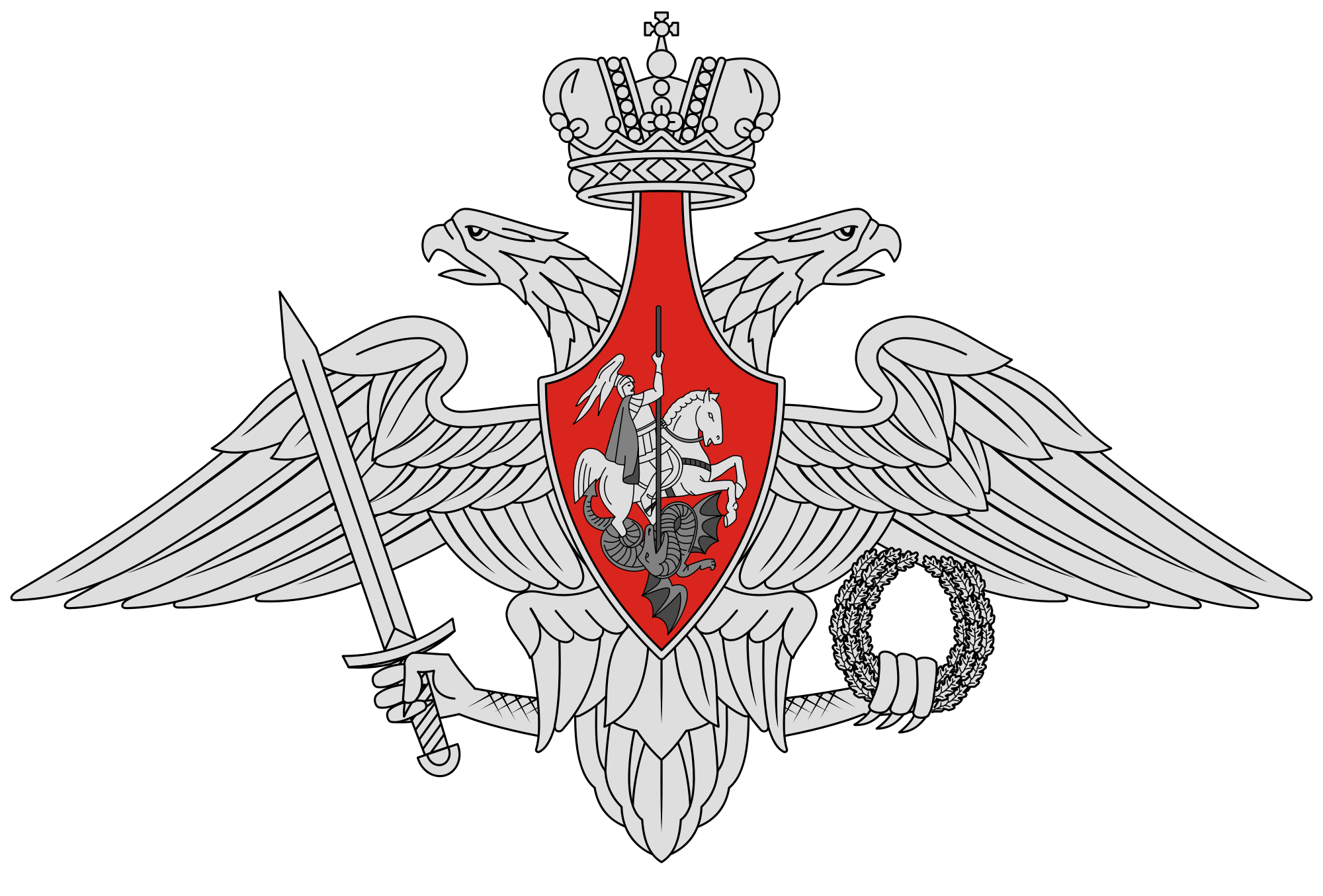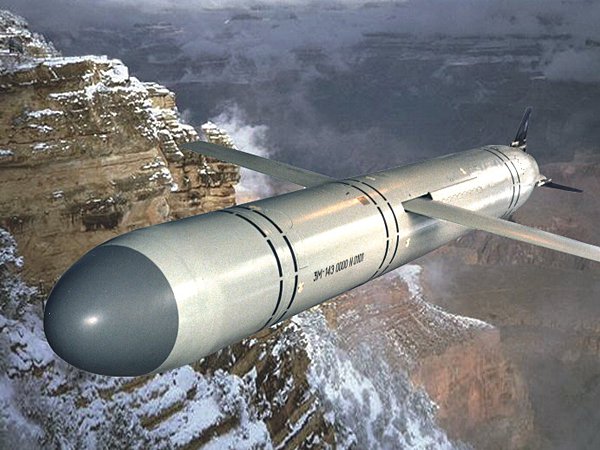
Blog
-
Geiger Readings for Dec 13, 2015
Ambient office = 98 nanosieverts per hourAmbient outside = 80 nanosieverts per hourSoil exposed to rain water = 67 nanosieverts per hourAvocado from Central Market = 44 nanosieverts per hourTap water = 73 nanosieverts per hourFiltered water = 67 nanosieverts per hour -
Radiation News Roundup Dec 12, 2015
Declassified U.S. Government Report Prepared a Week After Fukushima Accident: “100% of The Total Spent Fuel Was Released to the Atmosphere from Unit 4” washingtonsblog.com
Japanese conglomerate Toshiba Corp, parent company to nuclear power giant Westinghouse Electric, is seeking assistance from financial firms to help fund a three-reactor project slated for a site close to the existing Sellafield nuclear fuel reprocessing facility in West Cumbria, England. nuclearstreet.com
China’s ambition to sweep the world with nuclear technology is concerning. chicagotribune.com
-
Geiger Readings for Dec 12, 2015
Ambient office = 109 nanosieverts per hourAmbient outside = 90 nanosieverts per hourSoil exposed to rain water = 99 nanosieverts per hourPurple sweet potato from Central Market = 94 nanosieverts per hourTap water = 102 nanosieverts per hourFiltered water = 85 nanosieverts per hourPacific Cod – Caught in USA = 108 nanosieverts per hour -
Nuclear Weapons 178 – Russia Repeats Intention to Modernize and Expand Its Nuclear Weapons Systems
I have blogged about Russia’s reckless and aggressive talk about the possible use of tactical nuclear weapons in case of a war with NATO in Easter Europe. The Russian annexation of the Crimea and the support of Ukrainian separatists has aroused the concern of NATO that such a war might be coming. Over the past several years, Russia has repeatedly intruded in the airspace and territorial waters of other nations with nuclear-armed planes and submarines in an obvious attempt at intimidation. Russia has over four thousand nuclear warheads ready to launch at the U.S. at a moment’s notice. With fears of a new Cold War rising, the U.S. Chairman of the Joint Chiefs of Staff has warned that Russia is the biggest security threat that the U.S. faces.
Modernization of existing nuclear weapons systems and development of new weapons systems have been a top priority for Vladimir Putin, the Russian President despite the current difficulties of the Russian economy. Recently there was a Defense Ministry meeting at the Kremlin where the Russian leader repeated his dedication to enhancing and expanding the Russian nuclear arsenal.
Putin told his defense chiefs that new nuclear weapons should go to “all parts” of the trio of nuclear delivery systems including the air, land and sea forces. Putin directed the Russian military to “continue its program of training drills and devote special attention to the transport of troops over long distances as well as strategic nuclear deterrence and the ability to airlift forces including anti-aircraft, missile and electronic elements.” Putin also said that they must focus on improving the “effectiveness of missile-attack warning systems and aerospace defense.”
The Russian Defense Minister said that about fifty-six percent of Russian nuclear weapons are new. These new weapons include new versions of missiles, upgraded aircraft, and improved submarine capability. He also said that the Russian military will be provided with five new nuclear regiments equipped with “modern missile complexes” next year. The Defense Minister said that Russia has “expanded the military’s combat capabilities by reinforcing its western and south-western army groups and building four bases in the Arctic region which has increased in strategic importance for Russia. He said that ninety-five percent of Russian nuclear forces are in a “permanent state of readiness.”
In response to these aggressive actions on the part of Russia, NATO has “sharply” increased the presence of NATO troops in the Baltic states and the central part of Eastern Europe. The U.S. currently has about two hundred nuclear weapons located in Belgium, Italy, the Netherland, Germany, and Turkey as part of a NATO program of sharing nuclear weapons with non-nuclear NATO members. The U.S. has stated intentions to modernize these weapons.
The possibility of a global nuclear war is greater today than it has been in decades. It is imperative that tensions be reduced and efforts to eliminate all nuclear weapons be stepped up. The future of the human race depends on the success of these actions.
Russian Ministry of Defense emblem:
-
Radiation News Roundup Dec 11, 2015
A sharp increase in radiation has been reported Fukushima, with levels rising to 400,000% in tunnel under plant. enenews.com
Various media are reporting that deteriorating relations between Turkey and Russia have lead to the cessation of work on a $20 billion nuclear plant project. nuclearstreet.com
-
Geiger Readings for Dec 11, 2015
Ambient office = 66 nanosieverts per hourAmbient outside = 103 nanosieverts per hourSoil exposed to rain water = 102 nanosieverts per hourGinger root from Central Market = 93 nanosieverts per hourTap water = 91 nanosieverts per hourFiltered water = 73 nanosieverts per hour -
Nuclear Reactors 307 – Nuclear Energy Institute Launches Initiaitve to Lower Cost of Nucler Power by 30% by 2018
The cost of nuclear power is climbing. As the U.S. nuclear reactor fleet ages, it becomes more and more expensive to keep the old plants in operation. Some have already been shut down because of this problem. Even for the plants that are working well, the fall in electricity demand, cheap oil and natural gas, and declining prices for renewable alternative energy sources are out competing nuclear power generation. Some U.S. nuclear power plants have been shut down lately because they simply cannot compete in the marketplace. Reactors in Massachusetts and New York are under threat of closure due to rising costs for operation and maintenance. Three major rating agencies agree that over ten percent of the U.S. nuclear power reactor fleet is at risk for early retirement. The Nuclear Energy Institute (NEI) is working on a new project to reverse this trend.
The NEI is dedicated developing policy on key legislative and regulatory issues affecting the nuclear power industry. The NEI has just announced a new initiative to reduce the cost of nuclear energy generation by thirty percent by 2018 so it can better compete in the energy marketplace. The goal of the initiative is to analyze cost drivers ” “common to all nuclear power plants and recommend programs and processes to improve their efficiency and effectiveness.” NEI’s Chief Operating Officer says, “We want to encourage bold ideas, not just tweak current processes. We are operating in markets with a glut of natural gas at historically low prices, concurrent with low growth in electricity demand nationally. We are seeking to redesign fundamental plant processes to significantly improve operational efficiencies and effectiveness, and in the process make nuclear energy facilities more economically viable. “
There are thirty states in the U.S. with nuclear power plants. The NEI claims that these power reactors produce sixty-three percent of U.S. electricity that comes from zero-carbon sources. (Nuclear power generation as a process may be zero-carbon, but a great deal of carbon dioxide is generated in the mining, refining and transportation of uranium, the construction of nuclear power plants and the sequestering of spent nuclear fuel in temporary dry storage casks.)
The NEI initiative will work on efficiency measures at nuclear power stations to low operating costs. It will also tackle the more difficult task of securing possible changes to regional energy markets to insure that they properly value the “carbon-free” power generation offered by nuclear power reactors. (This means that they will be asking for special consideration in the form of quotas, price support and other types of government support to lower the ultimate price charged for nuclear-generated electricity.)
My concern is that the pressure to reduce costs for nuclear power generation may result in companies that own and operate nuclear power reactors in the U.S. cutting investment in safety, training and maintenance to the point where it poses a threat to public safety. Unfortunately, the Nuclear Regulatory Commission is not sufficiently diligent in ensuring that nuclear plant operators are carefully following all required regulations. And, in addition, heavy investment in nuclear power may reduce investment in safer and cheaper renewable alternative energy sources. This new NEI initiation may not be such a good idea.
-
Geiger Readings for Dec 10, 2015
Ambient office = 81 nanosieverts per hourAmbient outside = 96 nanosieverts per hourSoil exposed to rain water = 97 nanosieverts per hourBartlett pear from Central Market = 87 nanosieverts per hourTap water = 109 nanosieverts per hourFiltered water = 96 nanosieverts per hour -
Nuclear Weapons 177 – Russian President Putin Hints at Possible Use of Tactical Nuclear Weapons Against Terrorists
There is a great deal of discussion internationally about how to deal with ISIS. The U.S. has been bombing them for years with little to show for it. Now Russia is in Syria at the invitation of President Assad to help them fight ISIS. The Russians have moved men and equipment to Syria and are conducting bombing raids. After the recent terrorist attacks in Paris, the French have stepped up their bombing runs in Syria and the British have joined in with their air force. The problem with all the bombing is that ISIS is very good at blending in with the general population and civilian infrastructure. Supply dumps and military installations can be found and bombed but when the fighters are living with the civilians and they are storing munitions in hospital basements, bombing is difficult to target and causes many civilian deaths with little actual effect on the ISIS military capacity.
The Russian military is known to be brutal in dealing with rebels and terrorists. They have powerful weapons that they are willing to deploy without particular concern about civilian deaths and destroyed infrastructure. Russian President Putin has been threatening to use tactical nuclear weapons if Russia is losing in a conventional war with NATO in Eastern Europe. Russia has been flying nuclear bombers into the airspace of other countries and sailing submarines with nuclear weapons into the territorial waters of other countries in the past several years. Russian officials and high ranking military officers have been saying privately that Putin would consider exploding a small nuclear device in a conventional conflict simply for the purpose of intimidating his enemy.
The Russians have been firing Kalibr cruise missiles from Russian submarines in the Caspian Sea to hit ISIS targets in Syria. At a recent military briefing in the Kremlin, Putin mentioned that the same cruise missiles that they have been firing at ISIS could be equipped with nuclear warheads. He says that he “hopes they (nuclear weapons) will never be needed in the fight against terrorists.” Don’t we all! Given the intermingling of ISIS fighters and munitions with civilian populations, the use of even small tactical nuclear weapons could kill millions of innocent people and poison major cities in Syria and Iraq for generations.
Of course, the reaction of other nations was swift and negative. The Russian Foreign Minister was quick to try to calm the concern over the question of whether the Russians would actually consider the use of nuclear weapons in the fight with ISIS in Syria. He said, “Of course not, and the president has stated this, that there is no need to use any nuclear weapons against terrorists, as they can be defeated through conventional means, and this is fully in line with our military doctrine.”
Russia has been entirely too casual recently about the possibility of the use of nuclear weapons in conventional conflicts. Putin may be bluffing but there will come a time when such a bluff fails and then the Russians will have to decide whether or not they are willing to escalate to the use of nuclear weapons or back down. This may be a difficult decision for the Russian government which has been very aggressive in foreign affairs recently. Let us hope they choose wisely.
Russian Kalibr cruise missile:





